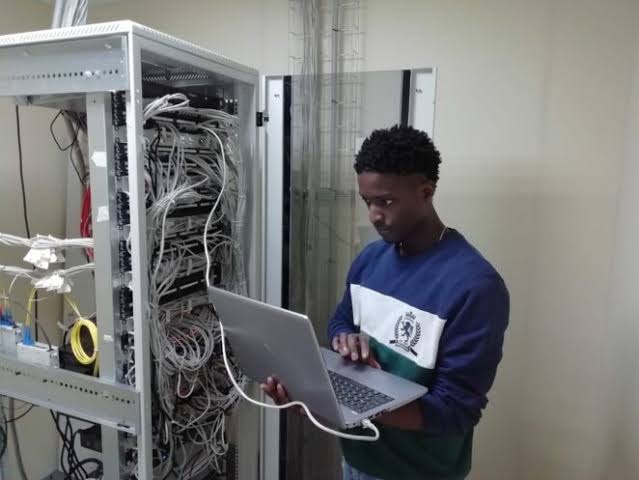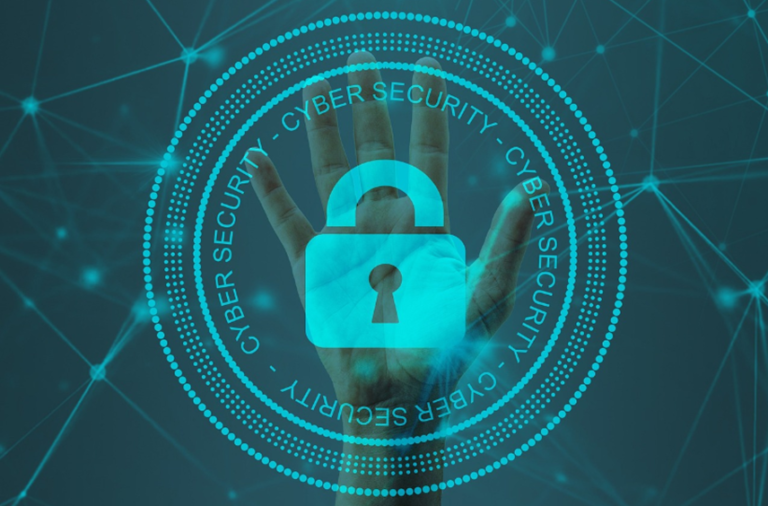Are you ready to take your networking skills to the next level? If so, then you might have heard of the cisco ccie lab Certified Internetwork Expert (CCIE) certification. Regarded as one of the most prestigious certifications in the IT industry, CCIE is a symbol of expertise and mastery in network engineering. To earn this coveted title, candidates must pass both a written exam and a hands-on lab exam. But what exactly are the requirements for CCIE lab exam? In this blog post, we will explore all the essential elements that make up this rigorous examination process. So grab your coffee and get ready to dive deep into the world of CCIE!
Changes in Requirements over the Years
Over the years, the requirements for the CCIE lab exam have evolved to keep up with advancements in technology and industry demands. Cisco constantly updates the certification program to ensure that candidates are well-equipped with the latest knowledge and skills.
In the early days of CCIE, candidates were primarily tested on their theoretical understanding of networking concepts. However, as technology progressed, it became evident that practical hands-on experience was essential for network engineers. This led to a shift in focus towards real-world scenarios and troubleshooting skills.
Another significant change is the introduction of different tracks within CCIE. Previously, there was only one track covering various networking technologies. But now, aspiring CCIE candidates can choose from specialized tracks such as Routing and Switching, Data Center, Security, Collaboration, Service Provider, or Wireless.
Technical Knowledge Required for CCIE Lab Exam
The CCIE lab exam is known for its rigorous technical requirements, demanding a deep understanding of various networking concepts and protocols. To succeed in this exam, candidates must possess a comprehensive knowledge of routing and switching technologies, as well as proficiency in troubleshooting complex network issues.
One crucial aspect of the CCIE lab exam is mastering the configuration and operation of Cisco devices. This includes expertise in configuring routers, switches, firewalls, and other network equipment. Candidates should be familiar with different operating systems such as Cisco IOS XE, NX-OS, and IOS XR.
In addition to device configuration skills, candidates must also have a solid grasp of routing protocols like OSPF (Open Shortest Path First), EIGRP (Enhanced Interior Gateway Routing Protocol), BGP (Border Gateway Protocol), and others. They should understand how these protocols operate within various network topologies.
Furthermore, candidates need to demonstrate proficiency in areas such as IP addressing and subnetting, VLANs (Virtual LANs), STP (Spanning Tree Protocol), MPLS (Multiprotocol Label Switching), QoS (Quality of Service) mechanisms, VPN technologies like IPSec or SSL/TLS-based solutions.
Hands-on Experience and Practice
Obtaining hands-on experience and practicing extensively is crucial for success in the CCIE lab exam. This is because this certification focuses heavily on practical skills rather than theoretical knowledge alone.
To excel in the lab exam, candidates must be proficient in configuring, troubleshooting, and optimizing complex network scenarios. It requires a deep understanding of various networking technologies such as routing protocols, switching technologies, security measures, and more.
One way to gain hands-on experience is by setting up your own virtual lab environment using tools like Cisco’s VIRL or GNS3. These platforms allow you to simulate real-world network scenarios and practice different configurations without the need for physical equipment.
Understanding the Exam Format and Questions
The CCIE lab exam is known for its challenging format and complex questions. To succeed in this exam, you need to have a clear understanding of the exam format as well as the types of questions that may be asked.
The exam format consists of a hands-on lab where candidates are required to configure and troubleshoot real-world network scenarios within a specific time frame. This means that not only do you need theoretical knowledge, but also practical skills to implement solutions effectively.
In terms of questions, expect a mix of multiple-choice, drag-and-drop, and configuration-based tasks. These questions are designed to test your ability to think critically and solve problems under pressure. It’s important to read each question carefully, paying attention to details and requirements before providing your answer.
To prepare for the exam format and questions, it is recommended to practice with mock labs and sample exams provided by Cisco or other reputable sources. This will help familiarize yourself with the layout, timing, and complexity of the actual exam.
Remember that while technical knowledge is crucial for success in CCIE lab exams, understanding the format and being prepared for different types of questions is equally important. So make sure you allocate enough time in your study plan specifically devoted to mastering these aspects.
Preparing thoroughly will enhance your chances of passing the CCIE lab exam on your first attempt!
Conclusion
In this article, we have explored the requirements for the CCIE lab exam and how they have evolved over the years. It is evident that technical knowledge, hands-on experience, and practice are key factors in successfully passing this rigorous examination. https://www.spotoclub.com/
The CCIE lab exam demands a deep understanding of networking concepts, protocols, and technologies across various domains. Candidates must be well-versed in troubleshooting complex network issues and configuring advanced network solutions. Additionally, staying updated with the latest industry trends is crucial to mastering the exam objectives.







